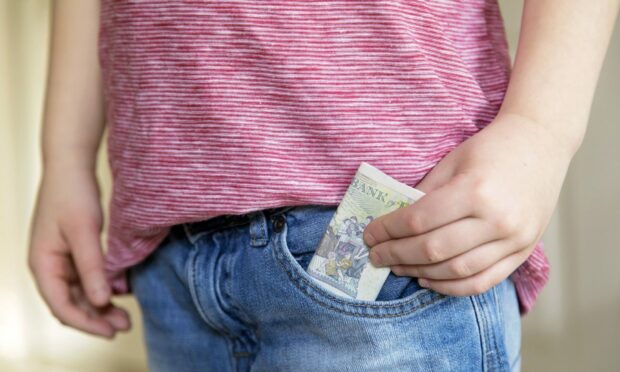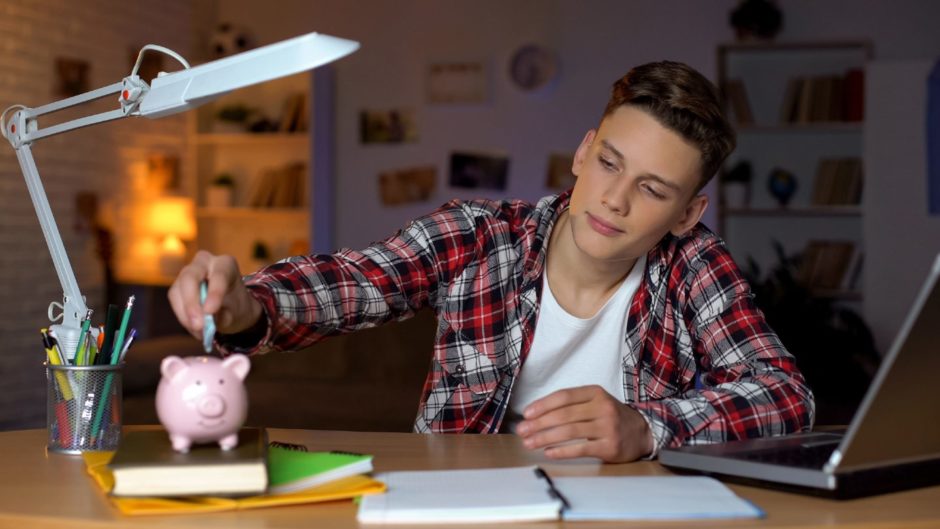Pocket money for young users of Osper debit cards rose by 24%, on average, between May 2020 and May of this year, the financial services firm has revealed.
The parent-managed card provider looked at how children’s pocket money and spending habits have changed, both during the pandemic and following the recent easing of lockdown restrictions.
It is the ‘kids’ quids’ that are helping local businesses get back on their feet.”
Giovanni Santini, chief executive, Osper
Using a like-for-like comparison of the same three weeks in May 2020 to this year, Osper found in-person transactions grew from 23% to 58% of the total.
Last year the average transaction value was £12, while last month it was £9.
Osper said card usage was now more frequent but involved lower value transactions – for example, a snack and a magazine on the way home from school with friends, rather than a computer game to help the long lockdown hours pass quicker.
Giovanni Santini, chief executive, Osper, said: “The impact of the pandemic has been profound and impacted every family – but it is clear that young people have borne a particularly significant burden, with schools closed and children unable to meet and socialise with friends.
“What is clear, however, is that as lockdown eases,young people are returning to the high street and it is the ‘kids’ quids’ that are helping local businesses get back on their feet.”
Contactless transactions have increased from 21% of the total last year to 51%, Osper said, adding: “Social distancing has encouraged young people to use contactless payments in preference to chip-and-pin or physical cash.
“Contactless payments are now the go-to choice for young people, creating a new habit that will have a lasting impact on how we shop and spend.”
Only time will tell if this pocket money inflation will be maintained.”
According to the Office of National Statistics, the household savings ratio – savings as a proportion of disposable income – increased from 9.6% in Q1 2020 to 29.1% in Q2 of 2020, a record high since the series was launched in 1987.
Osper said: “For many families, saving on a daily commute and lack of out-of-home entertainment options meant they could not only save more money than ever before, but also pass this on to their children in the form of increased pocket money.
“Only time will tell if this pocket money inflation will be maintained, or drop back to nearer pre-Covid levels as families adjust to the new normal.”
Analysis: How inflation is taking a toll on my bathroom renovation
New money-saving pass launched to help boost tourism across north and north-east
These are the vital signs to watch for to stop fraudsters stealing your life savings


